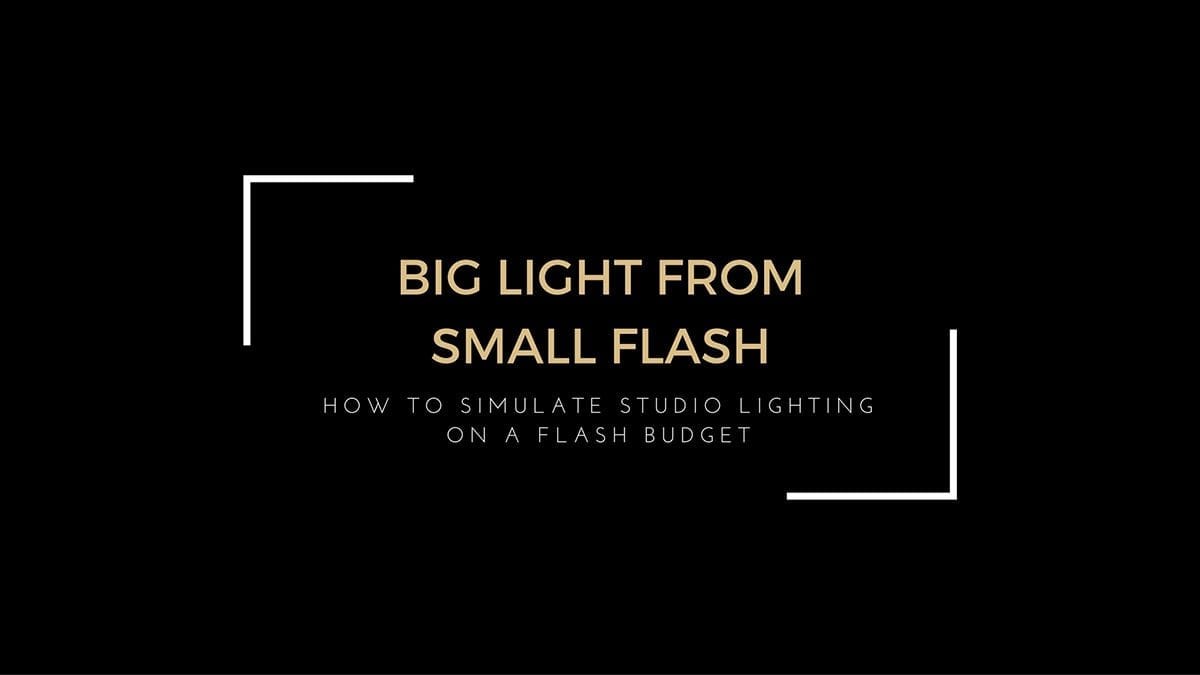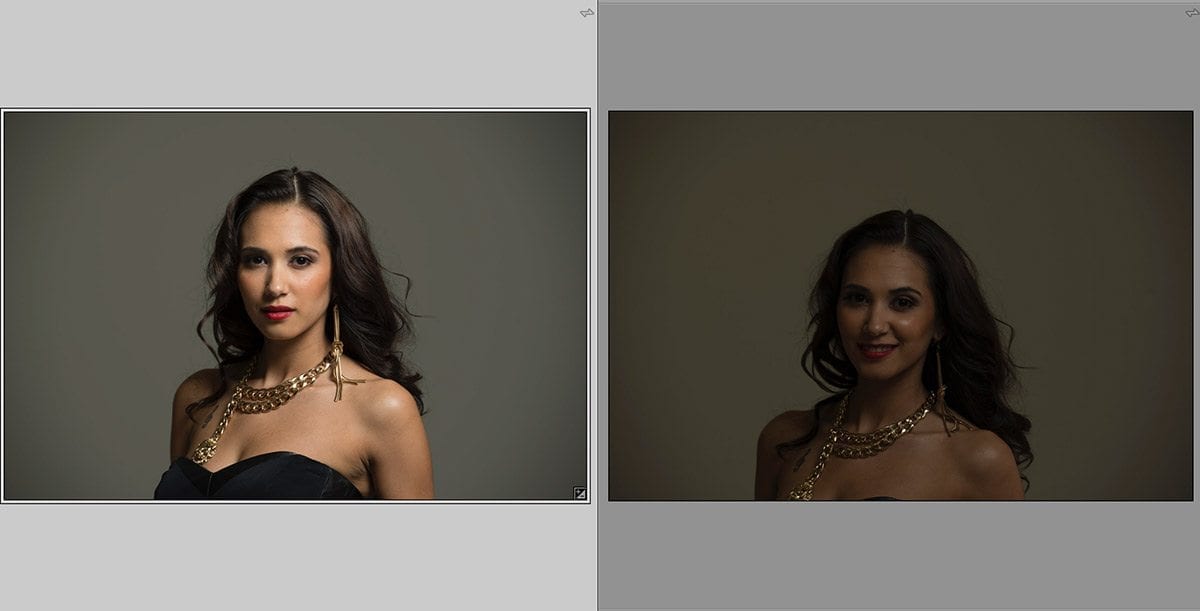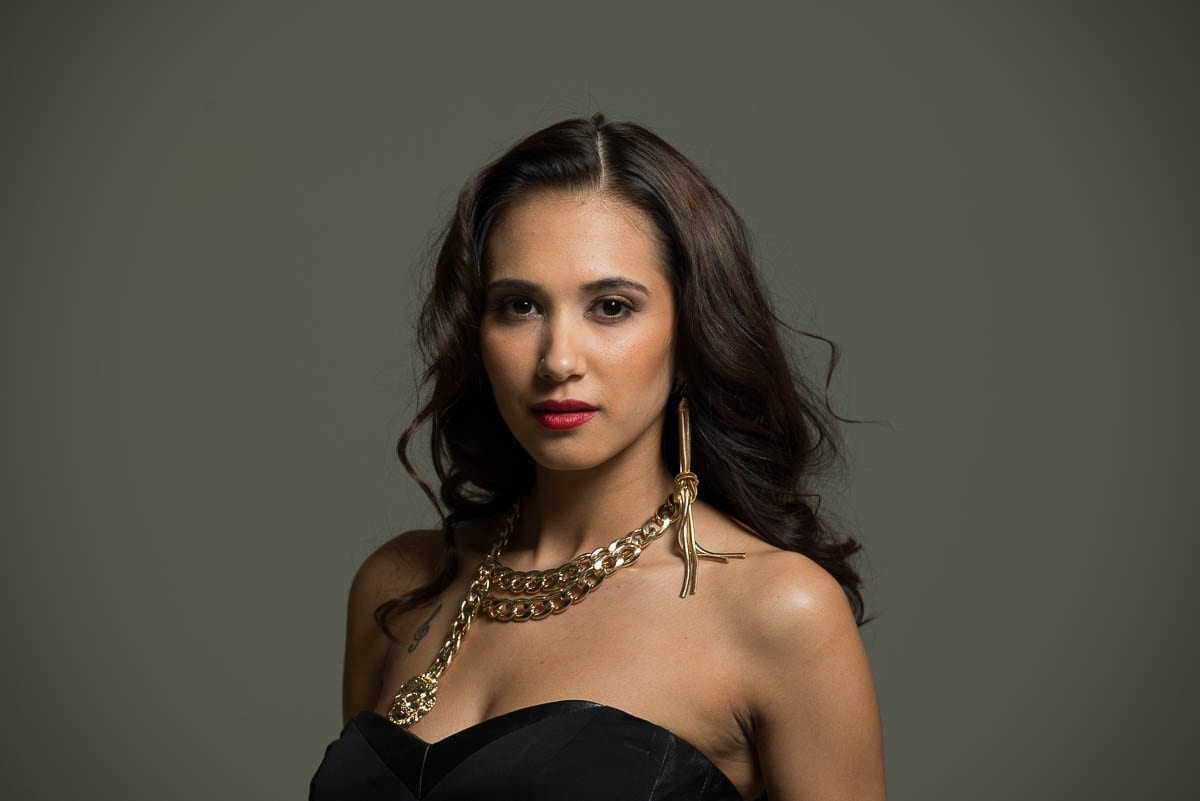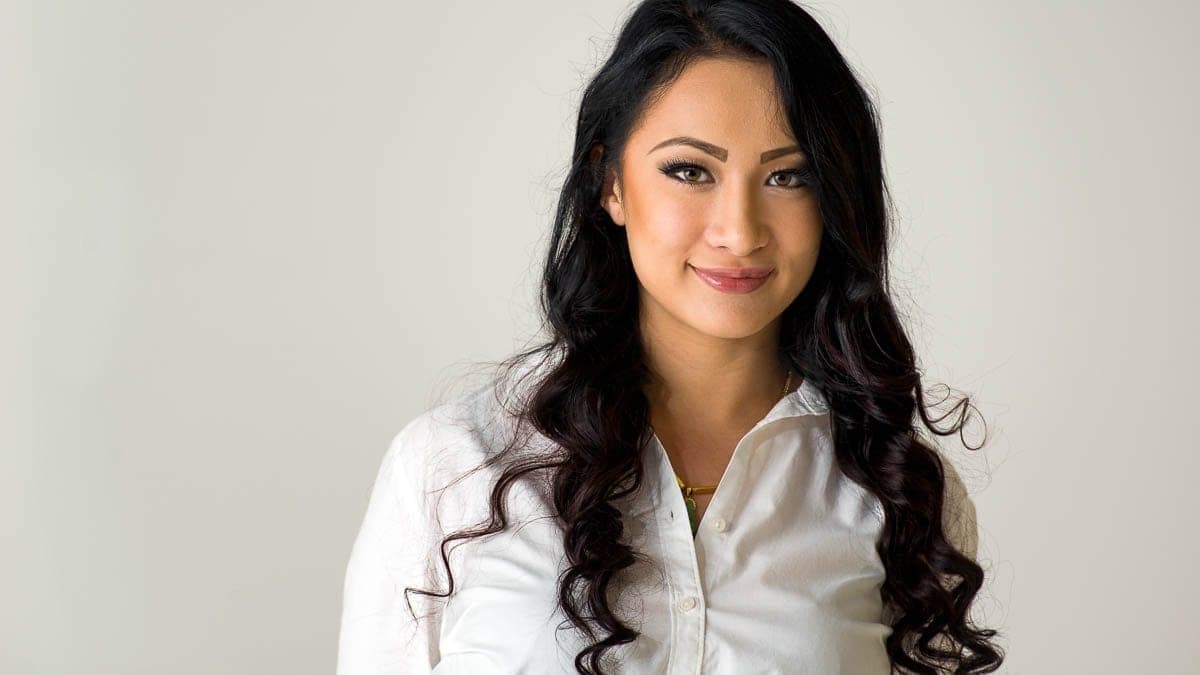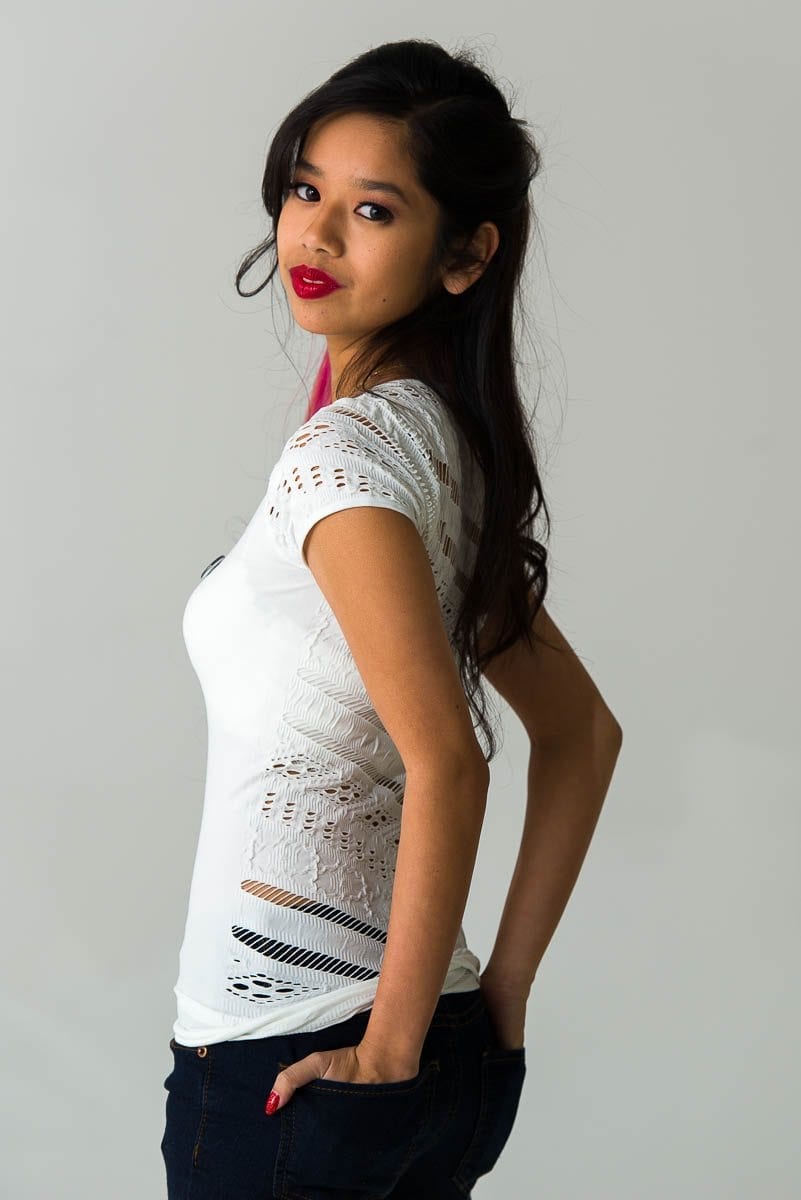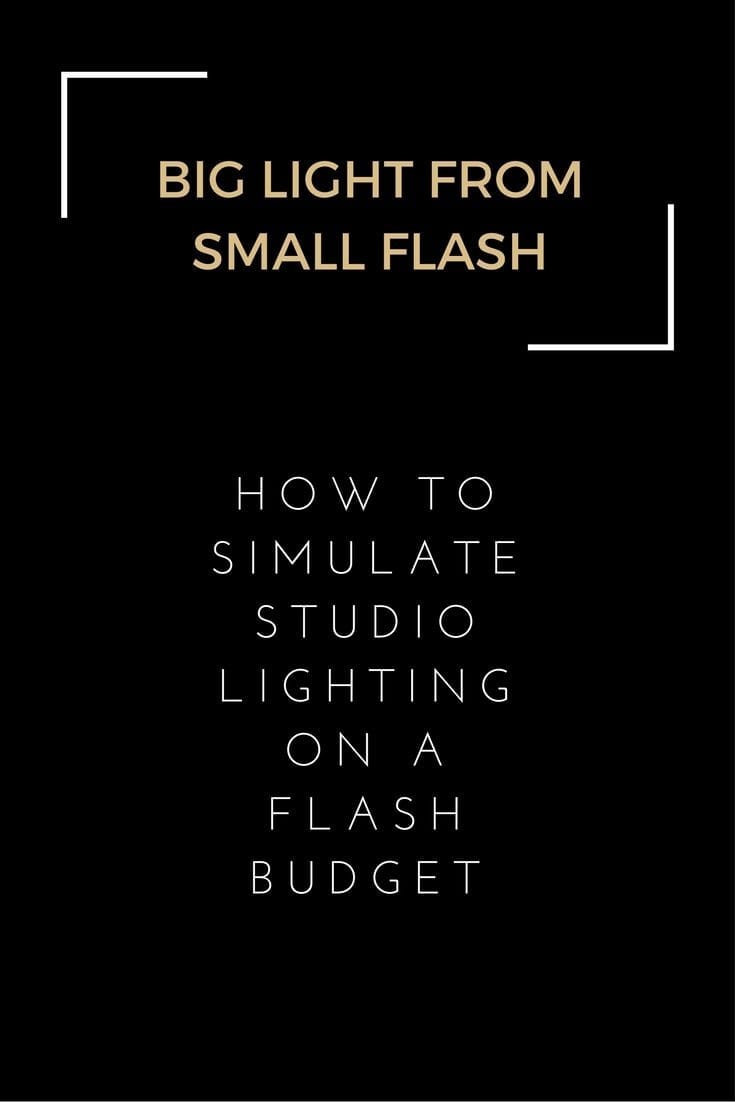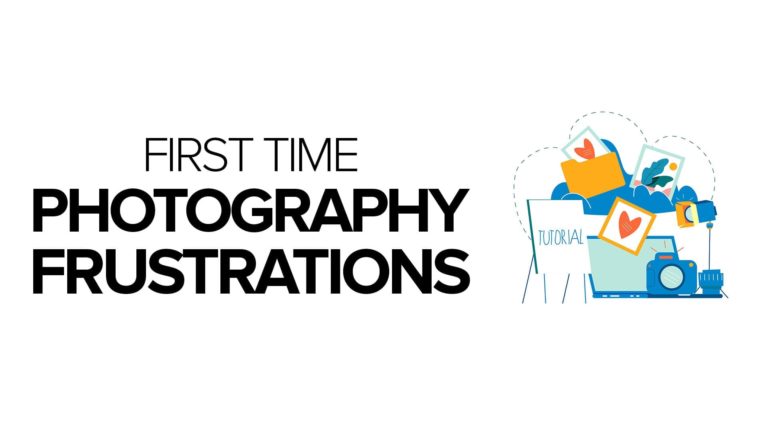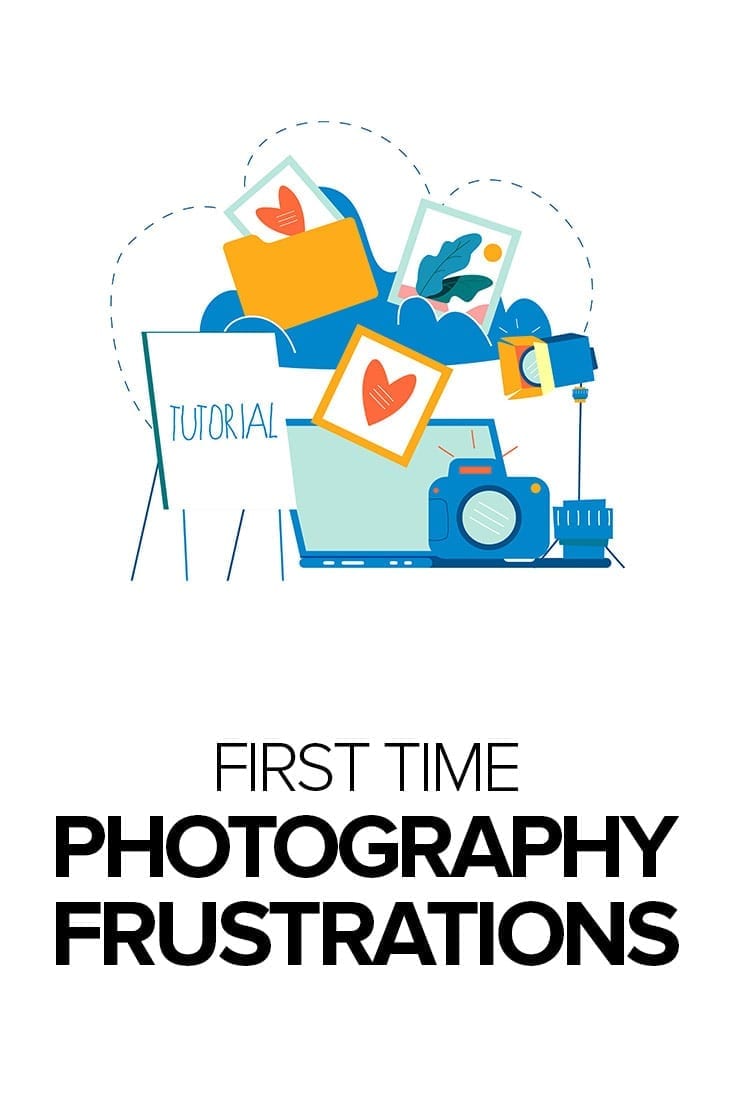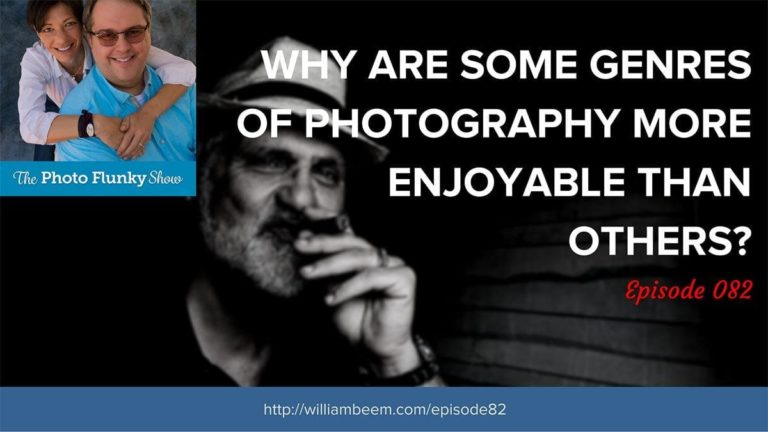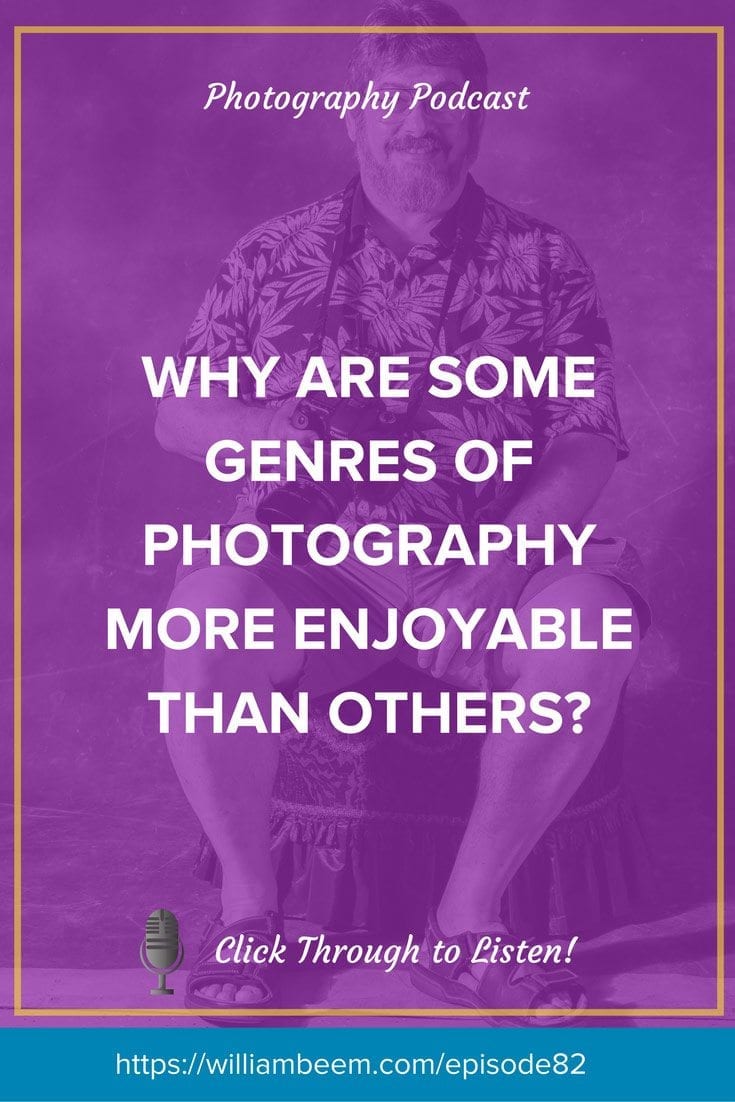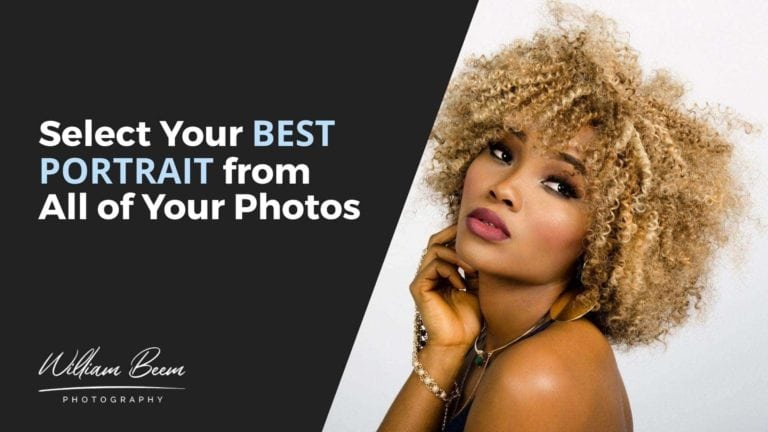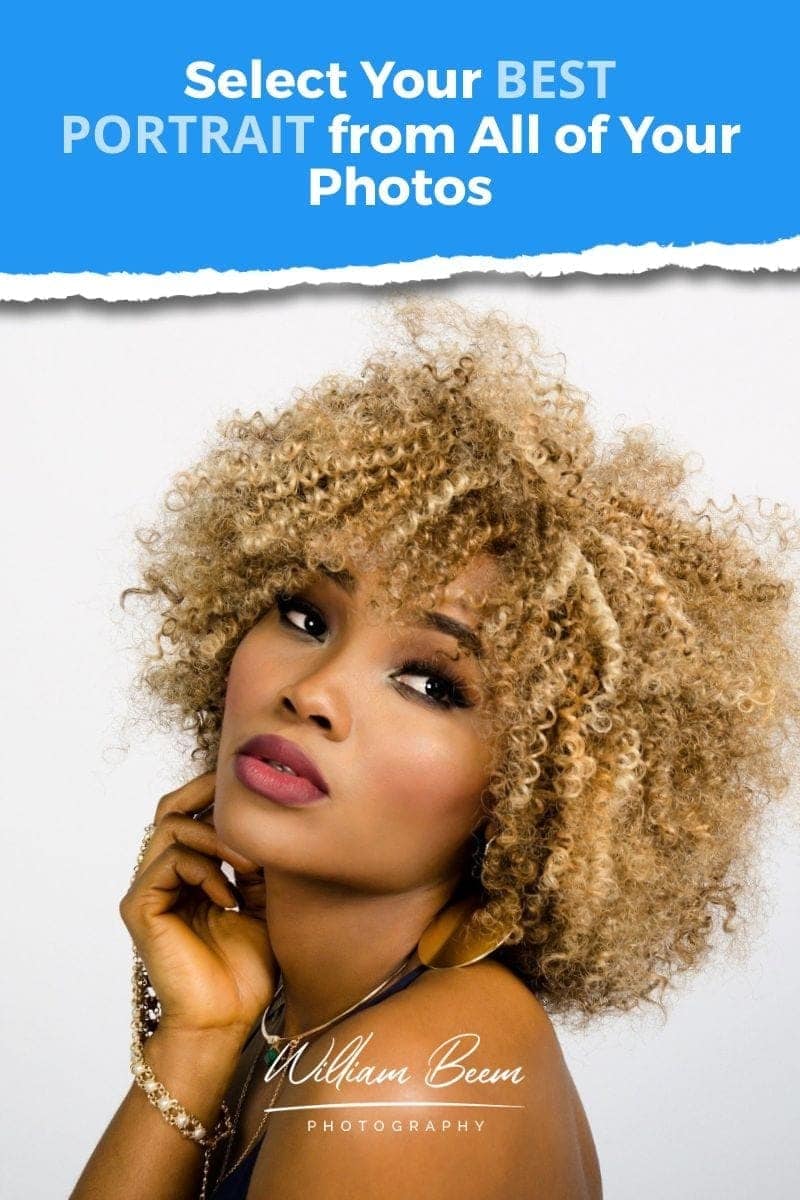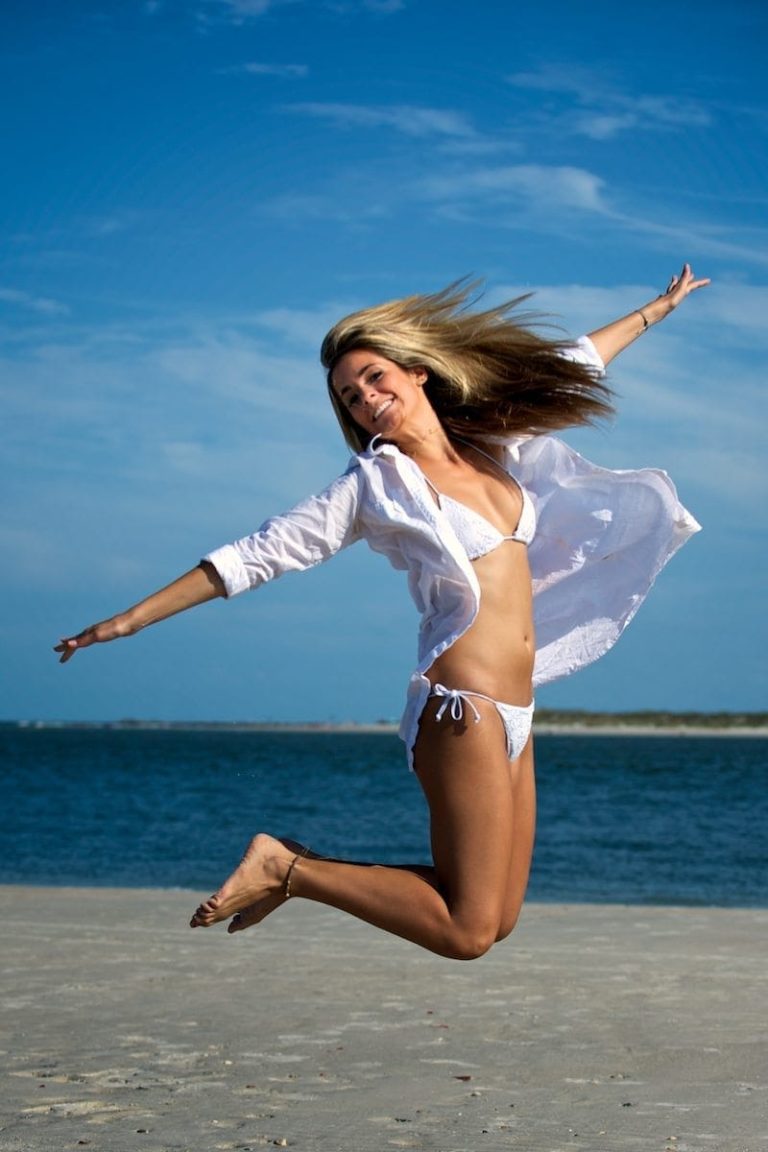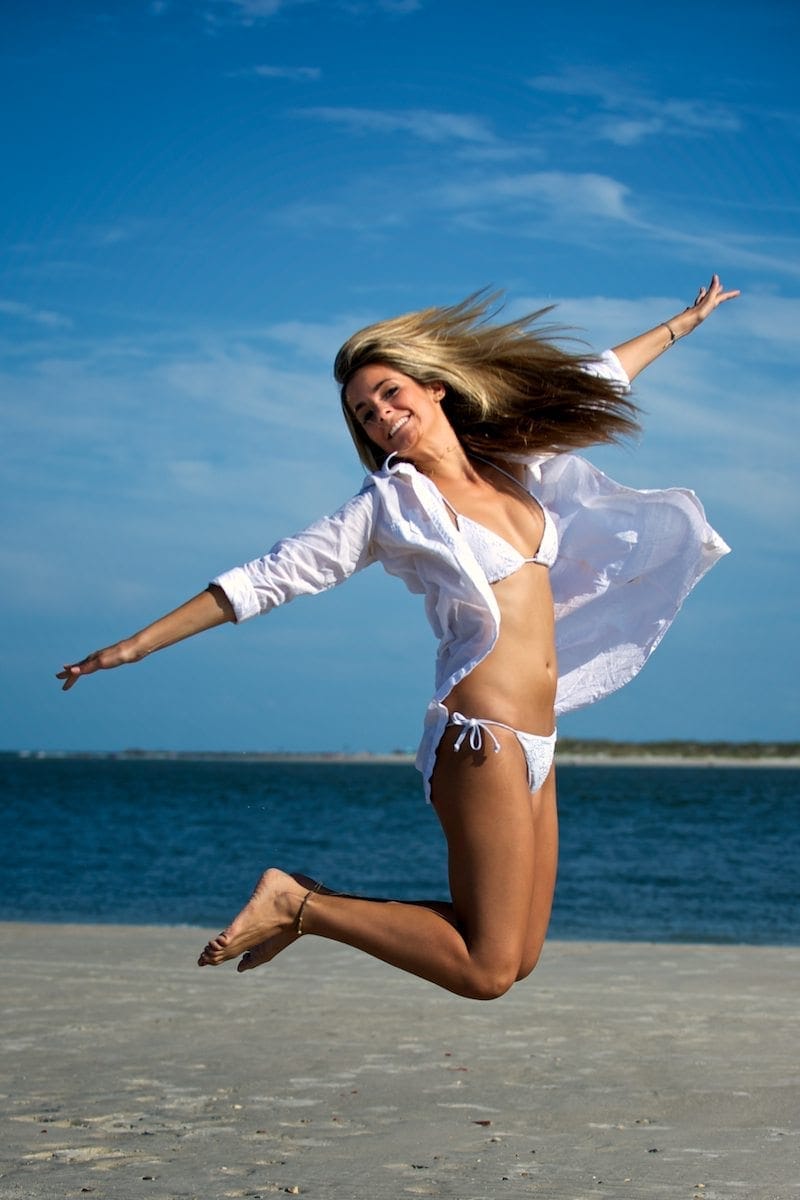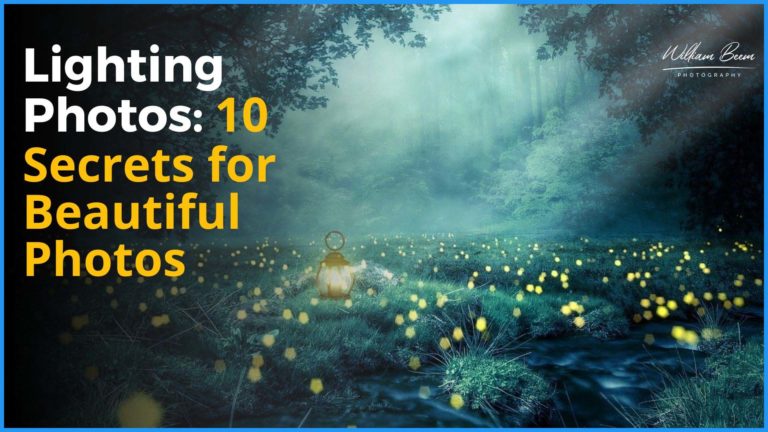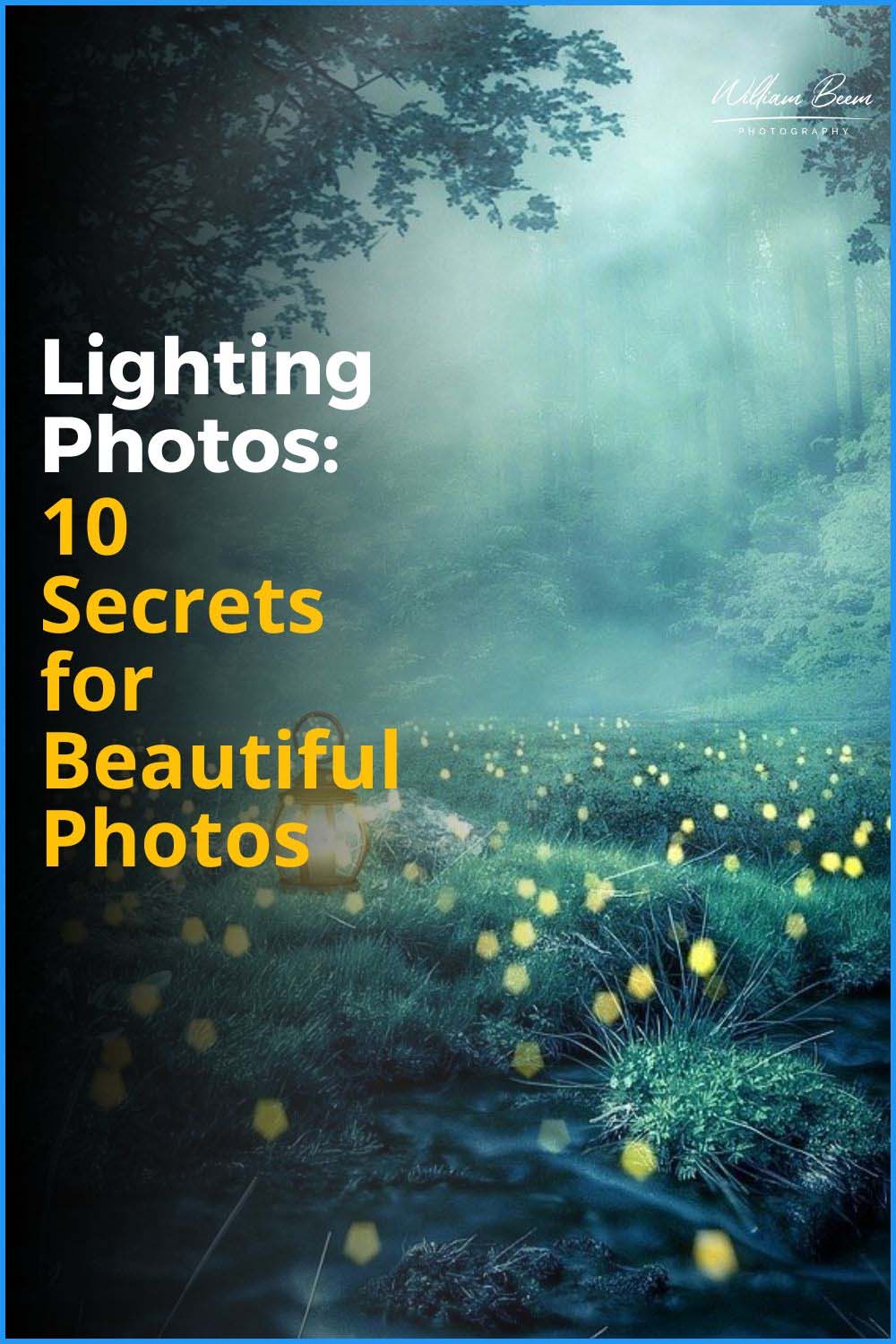Affiliate Disclosure: We earn a commission if you purchase through one of our links at no additional cost to you.
Getting big light from small flashes is within your reach. I love big light modifiers, but I hate lugging around a lot of gear to get the look. That’s why I’m always happy when I can cheat and get the appearance of big light from small flashes.
The Joy of Studio Lighting Gear
It seems that a lot of photographers who are getting started with lighting aspire to move beyond their small flash and get into studio lighting systems. I was one of those people. Turns out, there’s good reason to love studio lighting.
Do you know the nice thing about studio lighting? Recycle time is up near the top. You’re plugged into an electrical outlet and you can keep popping shots without losing a beat. That can be crucial when you develop a rhythm shooting a model. Pop. Pose. Pop. Switch Pose. Pop.
Very nice. Turn on some music and just let it flow. Everything is nice. It doesn’t rain in the studio. There isn’t any wind unless you turn on a fan. It’s air-conditioned (or heated, depending upon the time of year). What’s not to love?
The Pain of Studio Lighting Gear
Well, try lugging that stuff out to a location. It’s certainly possible and I’ve done it. Now you have a new set of issues and hazards.
First, there’s your power source. Most studio strobes want AC power. You can get a big battery or even a generator. Maybe you run a long extension cord.
Next, you may have to deal with the weather. The wind seems to be attracted to large light modifiers. Even better, imagine that it’s raining. You can shoot some beautiful photos in the rain, as long as you don’t get electrocuted because water and AC power are not good bedfellows.
Finally, there’s the hassle of physically carrying and setting up large studio systems. If you have a crew and some assistants to help, that’s great. My own shoots rarely have that luxury, so I’m wrangling all of this stuff by myself.
Small flash seems attractive to a lone photographer.
Small Flash is Great for Portability
OK, we know that you can pop a flash or two in your camera bag. Maybe you have another bag just for flash. It’s still easier to carry than studio strobes.
Now, remember what we said about the nice flow you get when photographing a model with a studio strobe?
Have you ever tried doing that with a small flash? It just doesn’t seem to work that way, at least not for long. Putting out enough energy from a small flash to light your model is a drain on your battery. Unlike electricity from an outlet, your batteries need time to recharge after expending energy.
Pop. Pose. Pop. (wait for it) Recycle. Switch pose. (wait a little longer) Recycle. Pop. It’s not as much fun and, quite honestly, it hampers the model’s rhythm.
The problem gets worse when you don’t notice the power loss and performance degradation of your small flash while you’re shooting. Your flash may continue to pop, but you can’t look at the output with your naked eye and tell that you have a problem.
If the flash doesn’t fire, that’s noticeable. If it doesn’t flash at the expected power, then you run into a different and more dangerous type of problem due to the time it takes to fully recycle.
Just imagine getting back into Lightroom and seeing your shots turn out like these samples.
The first shot comes out well exposed, and then the next shot misses the mark. As you keep shooting, it gets worse. My next photo after this pair was fine because the batteries recycled. As the day went on, the number of poorly exposed shots increased. Two, three, or four shots in a row were completely wasted for want of faster recycling time on my small flash.
Improving Small Flash Recycle Time With an External Battery Pack
I made the decision to buy an external battery pack.
Since I’m a Nikon shooter, I opted for a Nikon SD-9 Battery Pack for Nikon SB-910 and Nikon SB-900 flashes.
Let’s face it, this is not inexpensive. It holds 8 AA batteries (I prefer PowerEx Rechargeable AA batteries) and plugs into my flash. I wavered and considered getting a 3rd party brand, but ultimately decided to stick with the Nikon product.
I CHANGED MY GEAR
This is an older post, so I wanted to let you know that I’ve updated my gear and now use different flash tools and light modifiers. Check out my Resources Page to see what I use and recommend now.
Should You Buy a 3rd Party Battery Pack?
Some people really love their 3rd party battery packs and they saved money. Others complained that they broke down or never even worked once. I figured that Nikon was the safer choice because I want my gear to work.
Boy, am I happy now. My small flash recycled like studio lights at my recent shoot. It was ready to go as soon as I clicked a shot. No perceptible delay at all running at about 1/4 power. It never slowed down or missed a shot.
A friend of mine had a 3rd party battery pack for his Canon flash. It worked fine as far as I could tell, but there was a quirk with the mounting strap. It doesn’t come out of the loop that’s supposed to wrap it around a light stand. The question being, “How do I put this on a light stand if the strap is a closed-loop?
The Nikon SD-9 pouch uses some sturdy Velcro-type straps that come apart and secure the pack to a stand. It’s a little thing that just works right, and sometimes those are part of the reason why you pay for the brand name. At least, it’s part of my reason.
Getting Big Light From Small Flashes Depends Upon Your Light Modifier
Let me show you a couple of shots from the same environment, same camera, lens, and flash. No post-processing, just the photos as loaded into Adobe Lightroom. The only difference is the light modifier.
Here’s an example from my first shoot using the Lastolite Joe McNally 24″ Ezybox.
There’s a bit of contrast going on here. For some shots, I like it. The part I would like to improve is the specular highlights on her nose and left shoulder.
Also, this is about as much light as I’m going to get using a 24″ softbox. It’s good for a headshot, but then the light will fall off down the length of her body. Not necessarily a bad thing, depending upon what you have in mind. It’s just not a full-length light modifier, though.
On another trip to the studio, I switched my strategy, and here’s an example of the result.
The light has less contrast, but we still see enough to define the features of her face. This is from a small Nikon flash aimed away from her at a white wall.
Instead of pumping light through a softbox, the wall became a large source of light. It was even from top to bottom, meaning I could shoot a headshot, full length, or anything in between.
No specular highlights. Just smooth light as you’d get from a very expensive 8-foot octa box, but for a fraction of the price. The key difference is to use a bounce from a large, soft reflective surface instead of going through a softbox with diffusion material that robs you of a stop or two of light.
Is a Wall Portable?
Of course, that’s predicated on the notion that you have a large, white wall to bounce flash whenever you want. Seems impractical, doesn’t it? Well, maybe not.
You can get a large, yet collapsible, reflector so you can take the wall with you.
This is just one example. You can find other products that work as a large diffuser, white panel, and silver or gold panel on either side of a zip-up case.
Getting More Bang for Your Buck
Suddenly, that couple hundred bucks for the battery pack doesn’t seem so bad. You get quick recycle time like a studio strobe with portability and room to buy a large bounce reflector for a LOT less than most portable studio strobes. Those battery-powered Profoto B1 studio lights that people love so much right now are over $2000, and that’s before you add any light modifier to it.
These images were shot against a white wall with one small flash. Of course, you can do better. Get another small flash to light the background and make some seamless catalog shots. Add some rim lighting. Use another bounce card for fill lighting.
You can get a lot of creative, portable work from a couple of flashes, battery packs, and reflectors for under the price of one of those studio puppies. That’s how you get big light from small flash, and still get results that make people think you spent $5,000 just on your lights.

